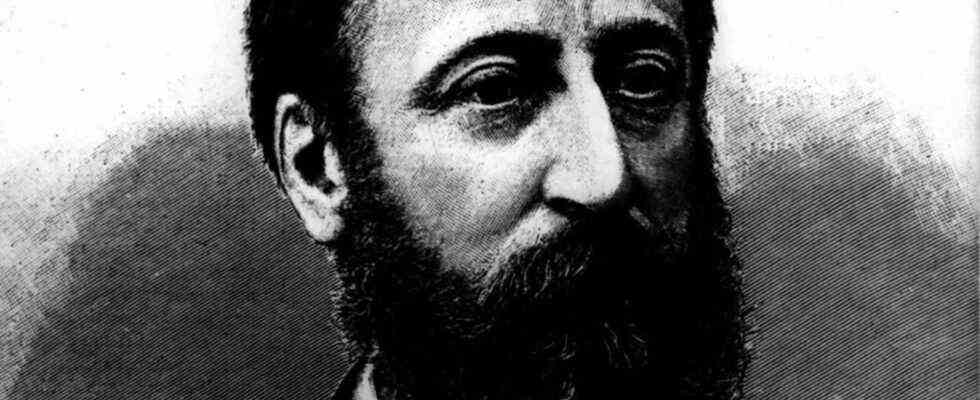composer
100th anniversary of the death of Saint-Saëns: with Kikeriki to world fame
Contemporary depiction of the French composer Camille Saint-Saëns (1835-1921). Photo: – / dpa
© dpa-infocom GmbH
Saint-Saëns – a child prodigy. He composed pretty much everything: from operas to orchestral works. However, one of his best-known pieces today is a work that he banned from being performed during his lifetime.
Cackling and scratching chickens, crowing roosters and dancing elephants: voices and movements of animals that Camille Saint-Saëns originally composed for a carnival pleasure in 1886.
The irony of history: “Le Carnaval des animaux”, the carnival of the animals, is one of his best-known works today. The French composer, conductor, pianist and musicologist died 100 years ago, on December 16, 1921, on a trip to Algiers.
At that time he had officially banned the performance of “Carnaval des animaux” with the subtitle “Grande fantaisie zoologique” (Great zoological fantasy): He feared for his reputation. The happy piece did not fit into his otherwise rather serious oeuvre. Saint-Saëns had written the music for a house concert on Shrove Tuesday. Above all, however, he parodied the music of his time and interpreted compositions by Jacques Offenbach, Hector Berlioz and Mendelssohn-Bartholdy with wit and humor.
How an apple tree produces apples
In his more than 70-year creative phase, the Paris-born artist left behind an impressive oeuvre: over 600 works, including operas such as “Samson and Dalila”, oratorios, symphonies, concertos for piano, cello and violin, choral compositions, chamber music and a requiem. He composed the music for the silent film “The Assassination of the Duke of Guise” and was the most played composer in his lifetime. As he himself said, he produced works just as an apple tree produces apples.
The «Camille Saint-Saëns» edition (Warner Classics) published on the 100th anniversary of his death gives an insight into the mastery of his art. On 34 CDs you can discover well-known and less well-known compositions by a musician who not only survived Brahms and Dvorak, but also Mahler and Debussy.
Ardent Wagner admirer
Saint-Saëns resisted stylistic trends and was devoid of any dogmatism. He had an ambivalent relationship to German music. As an ardent admirer of Richard Wagner, he performed his march from “Tannhäuser” for the first time in France and made several pilgrimages to Bayreuth. He later turned away from his idol. His independence from the tastes of the time and the public allowed him to create a heterogeneous work.
He described himself as an eclectic who loved his freedom more than anything, as he once said. “A free spirit” was also the name of the exhibition that the Paris Opera dedicated to him on the 100th anniversary of his death from the end of June to the beginning of October.
The composer, born in Paris on October 9, 1835, was not only a musical prodigy. At the age of two and a half he received piano lessons. At the age of three he learned to read and write, at the age of three and a half he began to compose and by the age of seven he had mastered Latin. At the age of ten he performed in Paris and played Mozart’s Piano Concerto No. 4. He was 17 when he wrote his first symphony. Saint-Saëns was trained as a composer, conductor, pianist and organist. One of his teachers, the composer Charles Gounod, called him a “French Beethoven”.

